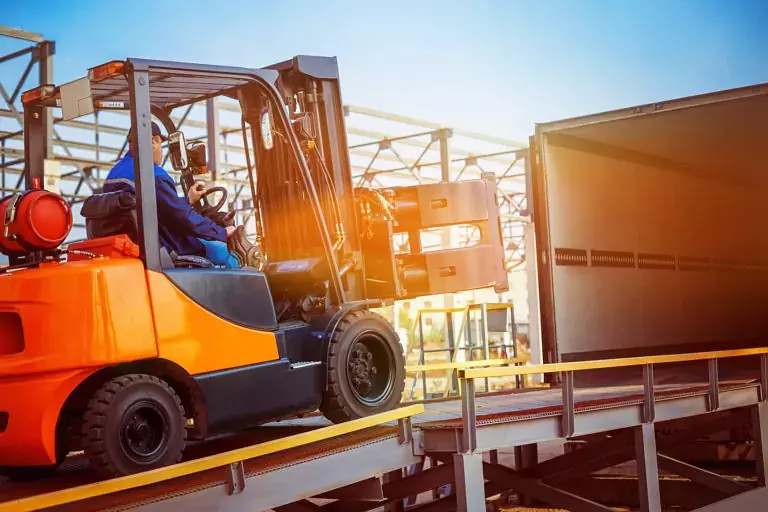 As summer rapidly approaches, forklift operators and employees overall are eager and excited to get outdoors and tackle work projects that may have been put off due to the cold and icy inclement conditions that winter throws on a regular basis. As the weather shifts, so do material handling practices. A common and rudimentary behavior is to check and sometimes change tires with the change of seasons. As the temperatures rise, we have a few tips for you that can help you optimize your forklift tires as the weather gets warmer. Here are three tips on how to care for your forklift tires as the heat turns up:
As summer rapidly approaches, forklift operators and employees overall are eager and excited to get outdoors and tackle work projects that may have been put off due to the cold and icy inclement conditions that winter throws on a regular basis. As the weather shifts, so do material handling practices. A common and rudimentary behavior is to check and sometimes change tires with the change of seasons. As the temperatures rise, we have a few tips for you that can help you optimize your forklift tires as the weather gets warmer. Here are three tips on how to care for your forklift tires as the heat turns up:
Proper Inflation
First and foremost, it is essential to make sure that all your forklift tires are of proper inflation and working order. In fact, checking forklift tires is something that must be done each and every time prior to operation or at least once per day. Doing so yields a host of benefits and precautions to allow the machine to be handled in the safest fashion. This is especially true for those forklifts that idle several times per day.
Check Tire Pressure
According to Modern Forklift, there are a host of dangers and perils that can await operators who fail to check tire pressure. The most dangerous of these is poor traction, which can result in many accidents and incidents that could have been otherwise prevented. In addition to the threats that underlie with underinflated tires, it is pertinent to also check tread depth as this can intensify these issues if they are not at appropriate levels. Checking tire pressure is also essential in preventing flat tires which can ultimately stall and sometimes undermine vital material handling applications and operations.
Prevent Blowouts
Blowouts result from the air pressure in a tire becoming too much for the component to handle. As the temperatures rise in the summer, so does the pressure within the tires. As a result, many suggest adding more pressure to the tire in the winter to compensate for frigid conditions while contrarily letting out some air as the temperatures become the slightest bit accommodating. Failing to do so can result in the tires bursting or having what is called a blowout. Blowouts are extremely dangerous. First, a blowout can cause a vehicle fire, which in itself can produce a wide host of problems and dangers for any in the vicinity of such an event. Furthermore, blowouts can be exceptionally hazardous if they occur in the midst of a material handling operation. A blowout can cause the load to be dropped or for the vehicle to malfunction in the most grisly of ways imaginable. Protect your employees and promote workplace safety, make sure that your tires are never overinflated. Checking the state of your tire pressure on exceptionally hot days prior to the heaviest of loads is an imperative worth making a habit.
